Fed up up tree frogs in your yard? Are you thinking of pet-zoning one of these green, slimy creatures?
Well, if you are so concerned, then so are we. Therefore, if these questions have popped up in your mind at some point in time, then you are just where you belong- i.e. on our page, where we demystify everything about these frogs. Today, we are discussing the green tree frogs and whether you like to pet them or are afraid of them. We will solve every problem for you.
Intrigued, are we? Let’s continue scrolling and dig out what suits best for us!
Know Your Tree Frogs
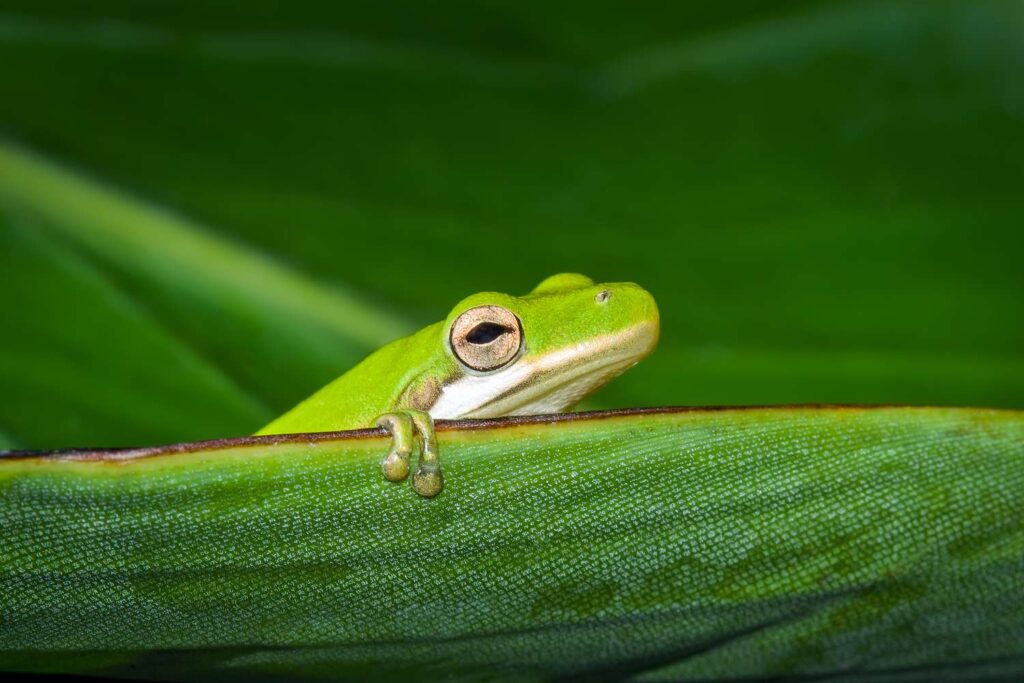
Whether you are thinking of pet-friending them or making them an enemy, it is of utmost importance that you know the very basics about them. Here, in this blog, not only will we address the ‘main’ question but also will keep you supplying with itsy bitsy information now and then.
What are Green Tree Frogs?
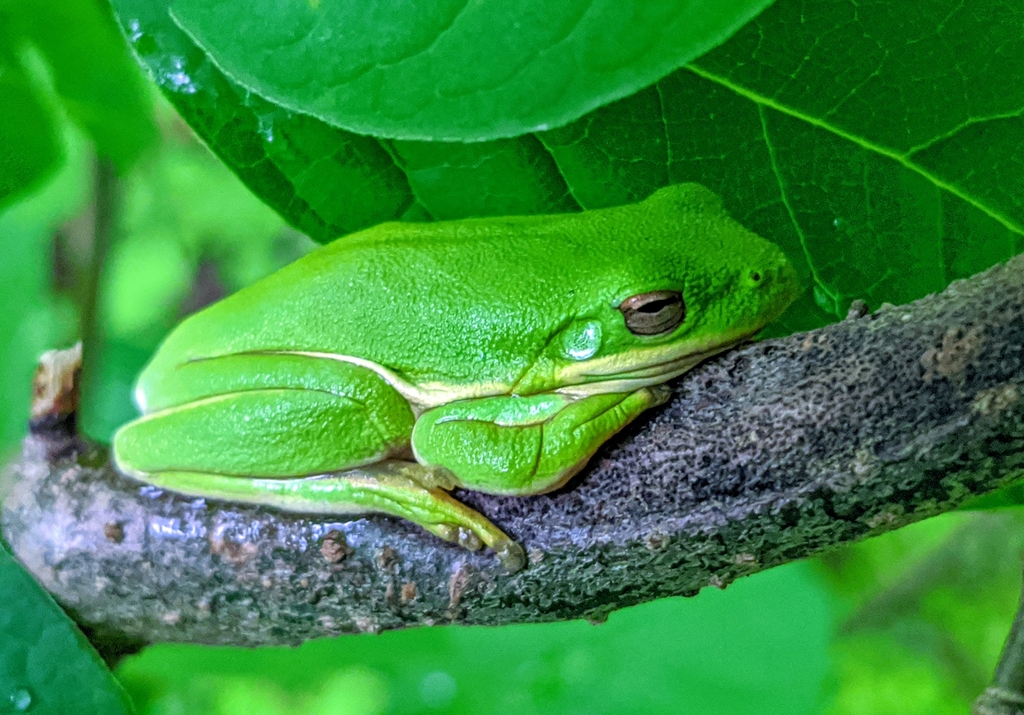
Well, frogs come in varieties, but since you have wishfully clicked on our blog link, we assume you are looking for Green tree Frogs. These go by the scientific name of Hyla cinerea and are majorly found in Central to South Eastern parts of America, in marshy regions, ponds, water bodies, and in parts of Virginia, Delaware, and Maryland.
These amphibians are attracted to light and willingly stick on window panes and walls in search of insects, like moths, flies, crickets, etc., to feed on.
As the name suggests, they are green in color, ranging from bright green to yellowish and greyish green colors. Their stomachs are striped with black and white. They have long sticky toes to stick on the surfaces and range from sizes of 1 ¼ and 2 ½ inches. Their females are generally larger than male creatures.
What Else Should We Know About Them?
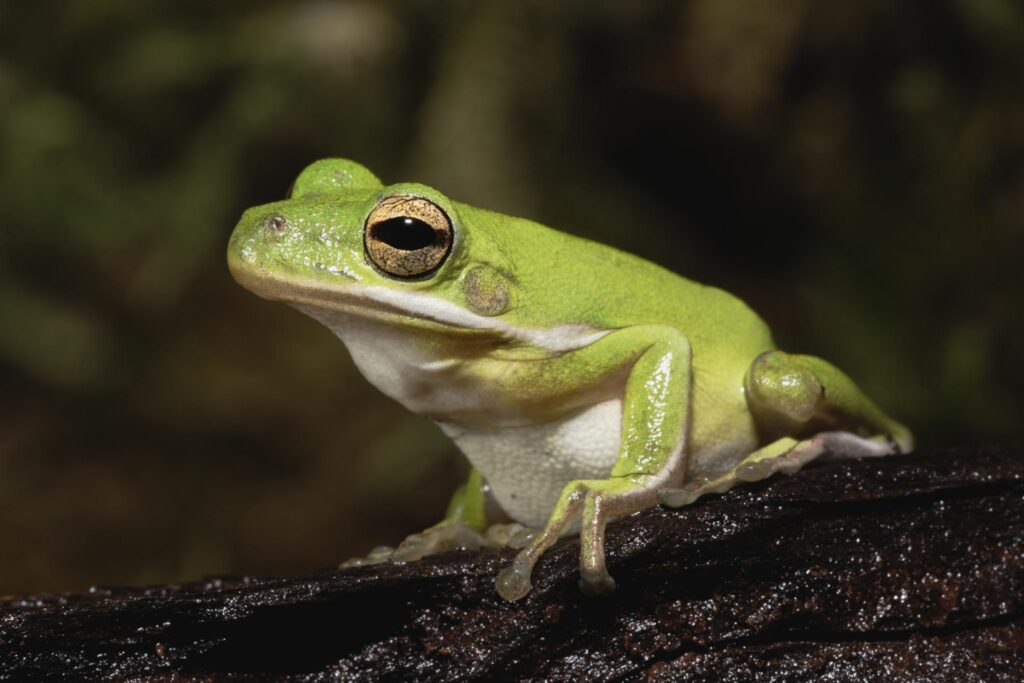
Apart from the basics, there are a few things you must know about green tree frogs, and they will surely come in handy for you if you are trying to get rid of them or trying to befriend them.
- When they rest, these green tree frogs appear bright yellow, while when they are calling out to their kind, they tend to appear greyish or dull green.
- They are morning sleepers; that is, they are most active and awake during the night while sleeping all along the day. Their best sleeping locations are moist and humid shady places, under barks of trees or leaves, etc.
- These creatures are loud and go loudest in damp and humid weather, and so, in a way, they signal the forthcoming of rain, too.
How Long Do They Live?
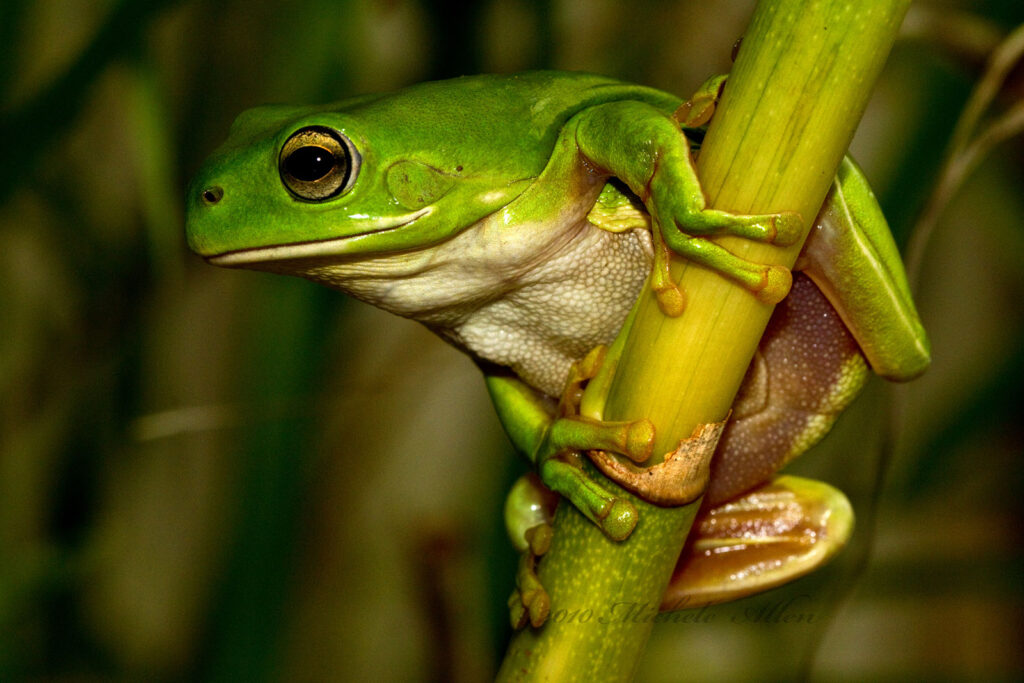
We are back to square one; that is our original question: HOW LONG DO THEY LIVE? Well, without beating the bush, we will talk numbers here. They live for around 6 to 8 years if they are living in the wild and 16 to 20 years if the green tree frogs are living in captivity.
Yes, the life span differs greatly depending upon their habit of living. When they live in the wild, there is a high chance of them getting caught and eaten up by predators like snakes, lizards, fishes, etc., while when they live in captivity, they are protected from their predators, and hence, their life span increases.
How to Increase Their Life Span?
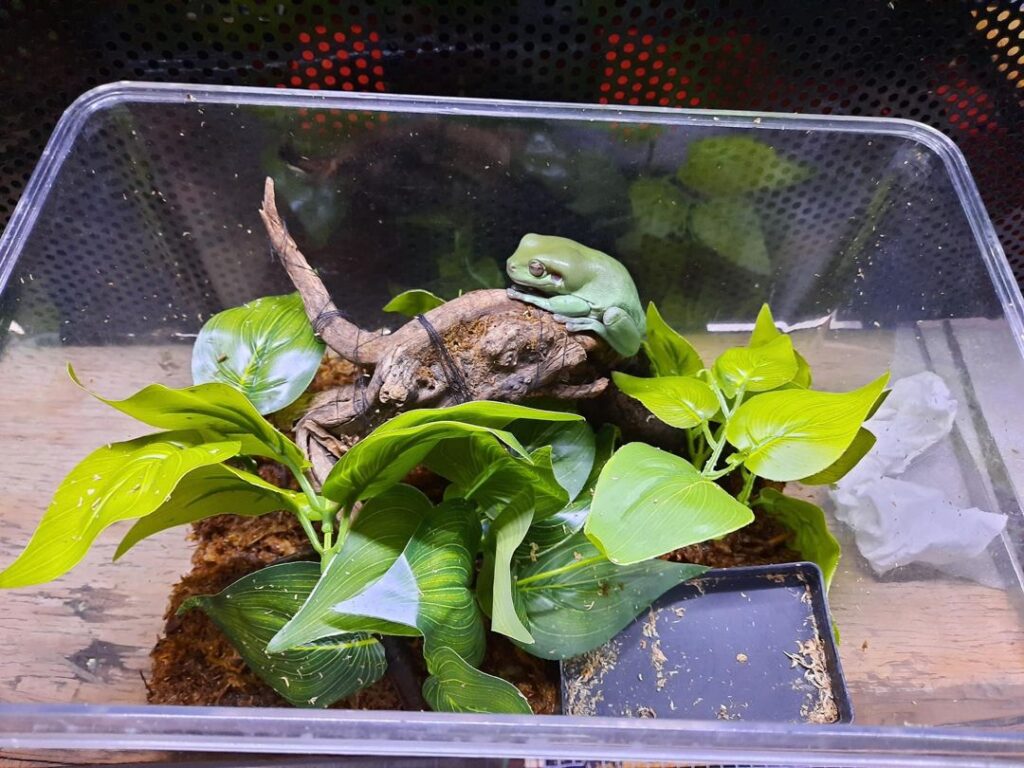
This is especially for those who are looking for petting green tree frogs. Well, if you are among them, then one thing we are sure of is that you are looking to have your pet friend for a long time. Therefore, we are here with some tips to increase the lifespan of these Green Tree Frogs.
- Keep them in glass enclosures or a terrarium. Don’t overcrowd it with many frogs, as these creatures are fond of living in seclusion and peace.
- Keep a mesh to close the lid. This way, Oxygen can pass and put some coconut fibers to regulate humidity.
- Temperature regulation here is most important. Provide them with two temperature zones (cool and warm sides), and they will live for a long. For warm sides, try regulating the temperature from 28 degrees to 30 degrees Celsius, while for cooler sides, the temperatures should range from 22 to 24 degrees Celsius. For ambient conditions, temperatures must lie around 26 degrees Celsius.
- You will need to provide them with three kinds of lights as well. UVA light helps them with appetite, growth, and reproductive health, while UVB light helps them absorb Vitamin D and Calcium. There is a need for white light as well. This is needed as natural daylight maintains twelve hours of day and night cycles.
- Additionally, you need to provide them with clean, chemical-free water, and this should be changed regularly as frogs absorb these water droplets from their skins.
Pro Tip: To effectively learn how to get rid of tree frogs, simply reverse the habitat conditions mentioned earlier. By depriving them of water and humid environments, sealing their hiding spots to block out light, and regulating water flow in your area, you can create an unwelcoming environment for these amphibians. Implement these tree frog removal tips, and watch as they vacate your property in search of a more suitable habitat.
Summing It Up
And we are done for the day. Whether you want to take care of these slimy, moist creatures or wish to shoo them away, the mentioned details in this blog will help you in either way. Understand their living patterns, their birth cycles, and their necessary whereabouts, and by doing so, you will easily carve out solutions for yourself and ways to deal with them.
They may seem tricky but are in direct need of attention in either of the cases, i.e., whether you are trapping them or petting them. With the necessary attention to detail, you can achieve what is best for both you and the green tree frog.

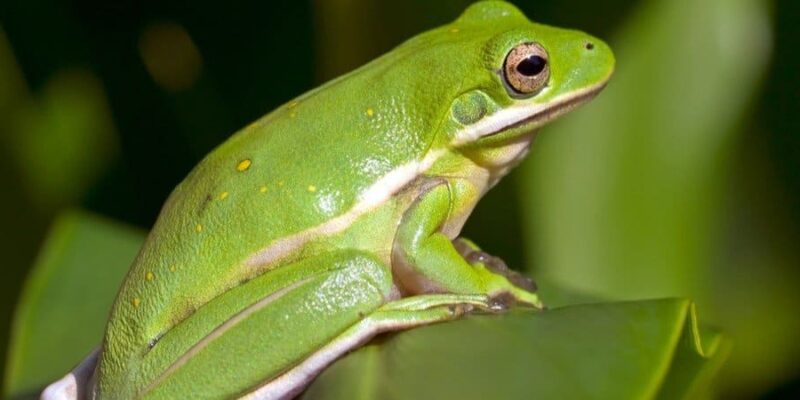



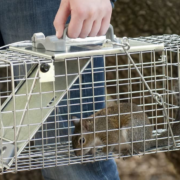
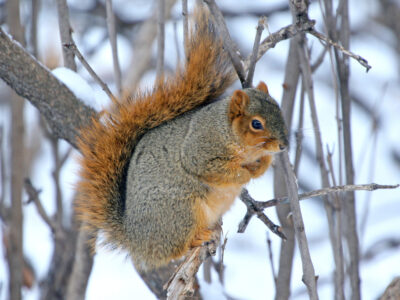

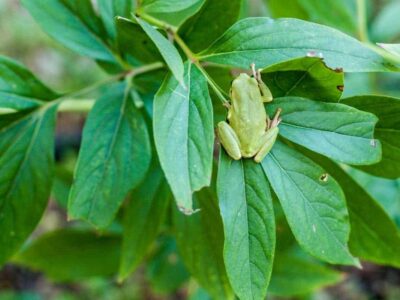
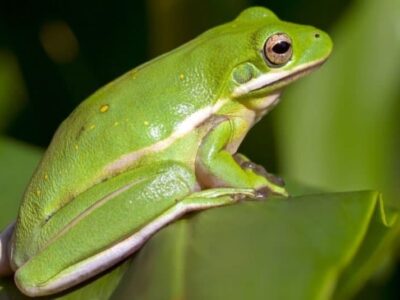
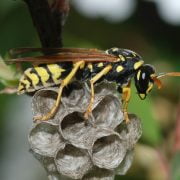



Comments